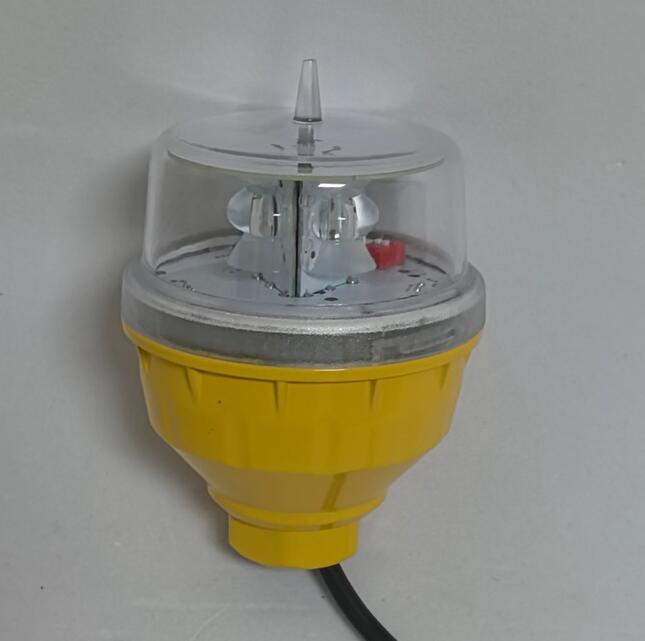FAA L-810 Obstruction Light: Essential Safety Lighting for Aviation Compliance
The FAA L-810 obstruction light is a critical component in aviation safety, designed to mark tall structures that could pose hazards to aircraft. These high-intensity lights ensure compliance with Federal Aviation Administration (FAA) regulations while enhancing visibility for pilots. This guide explores the importance, specifications, applications, and best practices for selecting and maintaining these essential warning lights.
Why Are FAA L-810 Obstruction Lights Necessary?
Tall structures such as towers, wind turbines, and buildings can create collision risks for low-flying aircraft. The FAA L-810 obstruction light serves key roles:
Collision Prevention – Alerts pilots to potential obstacles, especially at night or in poor weather.

Regulatory Compliance – Required by the FAA for structures exceeding certain heights.
Enhanced Air Navigation – Helps maintain safe airspace management.
Without these lights, tall structures would pose significant dangers to aviation operations.
| faa l 810 obstruction light |
Key Features of FAA L-810 Obstruction Lights
When selecting an FAA L-810 obstruction light, consider the following characteristics:
High-Intensity Lighting – Ensures visibility from long distances.
Durability – Built to withstand harsh weather, UV exposure, and corrosion.
Energy Efficiency – Many models use LED technology for lower power consumption.
Flash Patterns – Complies with FAA standards for medium-intensity obstruction lighting.
| faa l 810 obstruction lights |
Automatic Light Sensors – Activates at dusk and deactivates at dawn for optimal efficiency.
Applications of FAA L-810 Obstruction Lights
These lights are used in various industries to mark hazardous structures:
1. Telecommunications Towers
Ensures antenna towers are visible to aircraft.
Often paired with L-864 high-intensity lights for taller structures.
2. Wind Turbines
Prevents collisions with rotating blades.
Must meet FAA and local aviation authority guidelines.
3. Skyscrapers & Construction Cranes
Marks tall buildings and temporary construction equipment.
Required in urban areas near flight paths.
4. Power Transmission Lines & Bridges
Warns helicopters and low-flying planes of electrical hazards.
FAA Compliance & Installation Guidelines
To meet FAA requirements, obstruction lighting must adhere to specific standards:
Placement – Lights must be positioned at the highest point and intermediate levels for very tall structures.
Brightness & Flash Rate – Must align with FAA AC 70/7460-1L guidelines.
Maintenance – Regular inspections ensure consistent operation.
Choosing the Right FAA L-810 Obstruction Light
When purchasing, consider:
Power Source – Options include solar, AC, or DC-powered models.
Environmental Conditions – Choose weatherproof and corrosion-resistant units.
Certifications – Verify FAA, ICAO, or other regional compliance.
Maintenance & Troubleshooting Tips
Proper upkeep ensures long-term reliability:
Regular Cleaning – Remove dirt and debris from lenses for maximum visibility.
Bulb & LED Checks – Replace failing bulbs promptly to avoid compliance issues.
Electrical Inspections – Test wiring and connections periodically.
Where to Purchase FAA L-810 Obstruction Lights
Reliable sources include:
Aviation Safety Suppliers – Specialize in certified obstruction lighting.
Industrial Lighting Manufacturers – Offer durable, compliant models.
Online Marketplaces – Provide variety but verify seller credibility.
The FAA L-810 obstruction light is a vital safety feature for any tall structure near flight paths. By understanding its functions, compliance requirements, and maintenance needs, you can ensure aviation safety while meeting regulatory standards. Whether for telecom towers, wind farms, or skyscrapers, selecting the right obstruction light enhances visibility and reduces collision risks.
